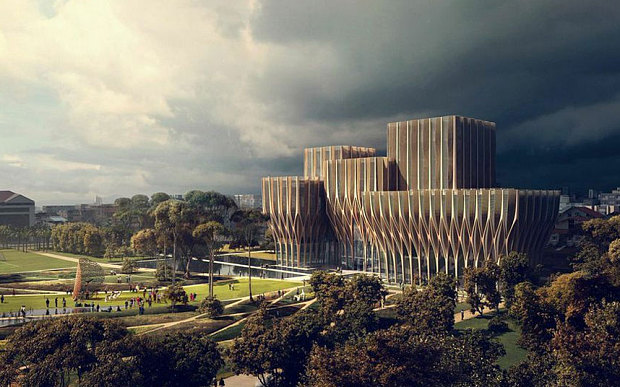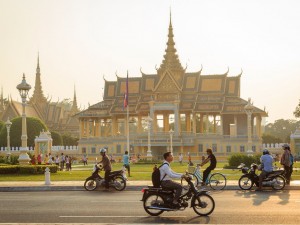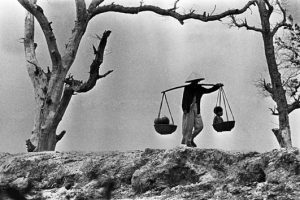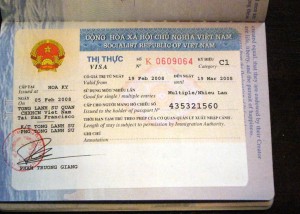Cambodia to build Zaha Hadid genocide memorial

A striking memorial and museum dedicated to the victims of genocide in Cambodia is being built next year in its capital city, Phnom Penh
The memorial is the vision of Youk Chhang, a human-rights activist and the man behind the Documentation Centre of Cambodia, a research institute which houses one million documents detailing atrocities committed by the Khmer Rouge – the largest collection in south-east Asia.
These documents will be moved into the new institute, which will also feature a public park and football fields, as Chhang was keen that the space would have a public use.
The museum will give visitors to the capital another means through which to get to grips with the country’s shocking recent history, which, between 1975-1979, saw nearly two million Cambodians killed to support a Communist agrarian ideal.
Many lost relatives during that dark period and today have to live alongside fellow countrymen who stood and fought for the opposing side.
Chhang was himself a prisoner under the Khmer Rouge when he was aged just 15. His brief to Hadid’s team was that the memorial would be as much about looking forward as looking back.
“We were keen to create an institution that deviates from the distress-invoking, quasi-industrial harshness of most existing genocide memorial models,” he said.
“The best memorials are not objects we visit once, contemplate, and file away. The best memorials evoke reflection and commemoration, but are also living, dynamic public places that engage with all generations within the community.”

Inspired by the architecture and interlocking enclosures of the country’s Angkor Wat temple, the building will be between three and eight storeys high, with five wooden towers that are separate at ground level but become interwoven as they rise upwards, seeming to float above the tree line.
Construction will begin next year on the site of a former Khmer Rouge “re-education” centre, with hopes of completion in 2018.
 Credit: Zaha Hadid Architects
Credit: Zaha Hadid Architects
Michelle Jana Chan, an Asia expert for the Telegraph, appreciated the venture’s “noble principles” but felt that “there will be some who feel that a big-name architect who is not from the region is not an appropriate choice. Some may also feel that money might be better spent on a different kind of infrastructure or project.
“That said, while currently the best way for visitors to understand Cambodia’s recent history is to speak to locals, there will be a time in the future that we will need institutions like this to be able to remember the past.”
Tom Vater, another Telegraph writer, wondered how the museum would portray the period and “whether the focus would rest solely on the communist revolution, or whether the root causes – such as 60s Asian geopolitics, the Vietnam War and the American bombing of Cambodia, as well as King Sihanouk’s role in the rise of the Khmer Rouge and finally the support for the Khmer Rouge by the Chinese – would also be illuminated.”
For the time being, tourists feed their curiosity with visits to the bloodstained cells of Tuol Sleng prison and stupa of skulls at the Killing Fields.
However Hadid said she hoped that the institute and its memorial park “can have a truly transformative effect, bringing new life and a bright future to a site that holds traces of the great tragedies of the past.”
 Credit: Zaha Hadid Architects
Credit: Zaha Hadid Architects







